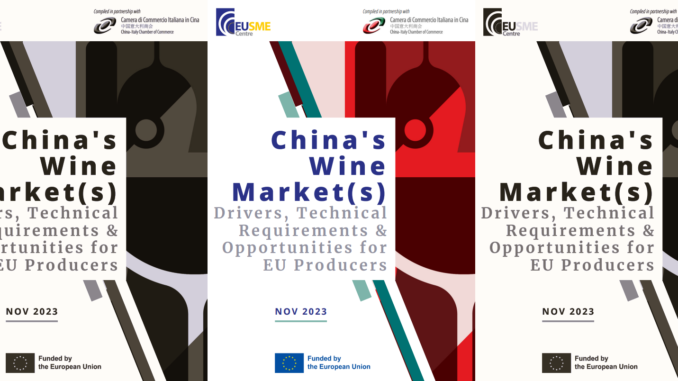
A new EU report provides both a dire look at China’s wine market and advice for producers entering it.
“China’s Wine Market(s): Drivers, Technical Requirements & Opportunities for EU Producers” was posted last week by the EU’s SME Centre and features four sections: a market overview; regulatory and technical requirements for importers; suggestions for selling wine in China; and three case studies.
The overview feels like the sort of thing that inspires PR professionals to whip out phrases like “cautious optimism” and “extremely challenging but potentially rewarding.”
It repeatedly explains that the wine market is dire, with indicators such as consumption, production and imports all bleak — for some key stats, see below — and prospects for the fast growth of a decade-plus ago remote. And then it goes for (faint) silver linings.
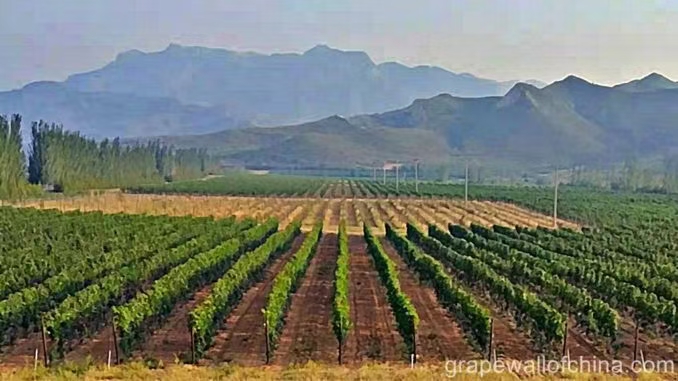
Case in point, this is under the title “Outlook”:
“It is clear that the Chinese wine market is no longer characterised by rapid, double-digit growth as it used to be until a few years ago. As seen in the previous sections, both consumption and imports of wine have been decreasing steadily. [That’s bad.]”
“The COVID-19 pandemic further exacerbated this trend: strict pandemic prevention measures resulted in strong limitations on social gatherings, affecting retail sales and spending on non-essential goods; EU wine exporters were not able to travel to China and therefore started to look for alternative markets. [Very bad.]”
“Even after the end of all pandemic-related restrictions in China in early 2023, the country’s economy and consumption levels are struggling to roar back to pre-2020 levels — and forecasts do not seem to anticipate a change in the short term. [Super bad.]”
“This is an unprecedented situation [Yikes!].”
The market might be stumbling over one hurdle after another — “an unprecedented situation’ — but you just know a “but” is coming.
And it does. The report says we do see more focus on wine quality over quantity among consumers and that the current decline is in part due to a “self-adjustment” phase.
Later it states, “The Chinese wine market continues to present opportunities for EU wine producers: the determinant factor will be knowing and being prepared to grasp such opportunities.”
Indeed. But as anyone will no doubt say to themselves, finding those opportunities in such a stinker of a market ain’t easy.
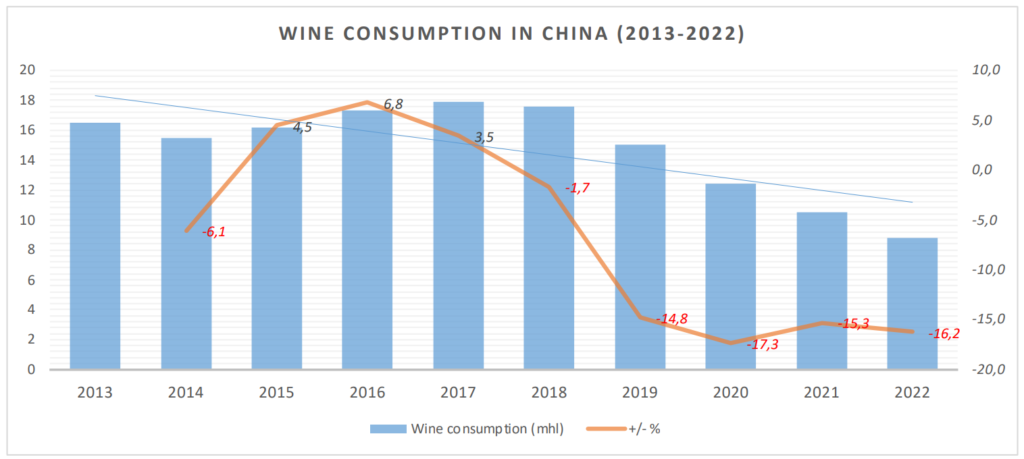
(Source: EU SME Centre)
This chart on consumption not only shows the seriousness of the problem but also that the decline began before the COVID crisis.
It’s interesting that China saw substantial growth in wine contests, trade fairs and wine education during this same period, niches that are respectively focused on selling awards, booths and classes, but not wine. I guess the missing factor is the consumer.
That decline in consumption is paired with falls in wine imports and wine production.
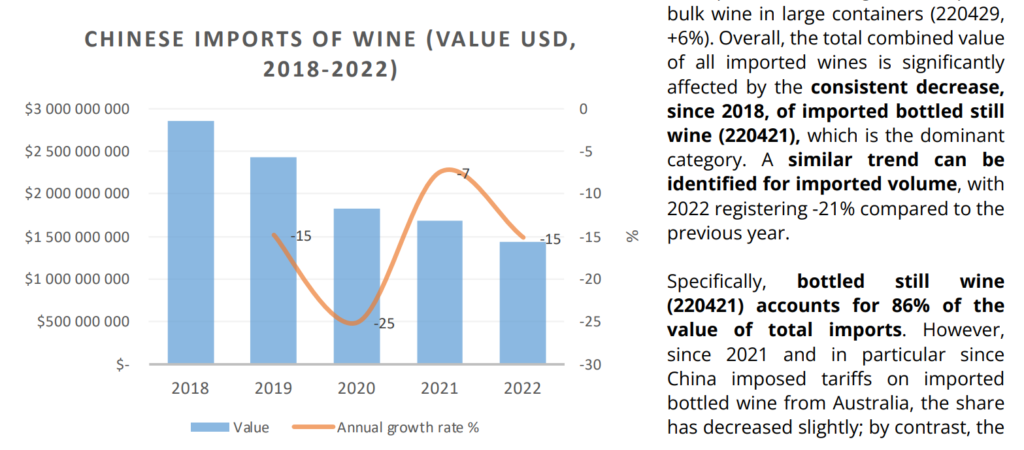
(Source: EU SME Centre)
This chart on imports, based on China Customs data, also shows the decline started before the COVID era.
There was one victory for EU producers: they saw their share of China’s market rise from ~42% in 2019 and 2020 to 66% in 2021 and 2022. Of course, that coincides with China slapping tariffs of up to 218 percent on Australian wine even as overall imports fell, thus the EU essentially ended up with a bigger share of a shrinking market.
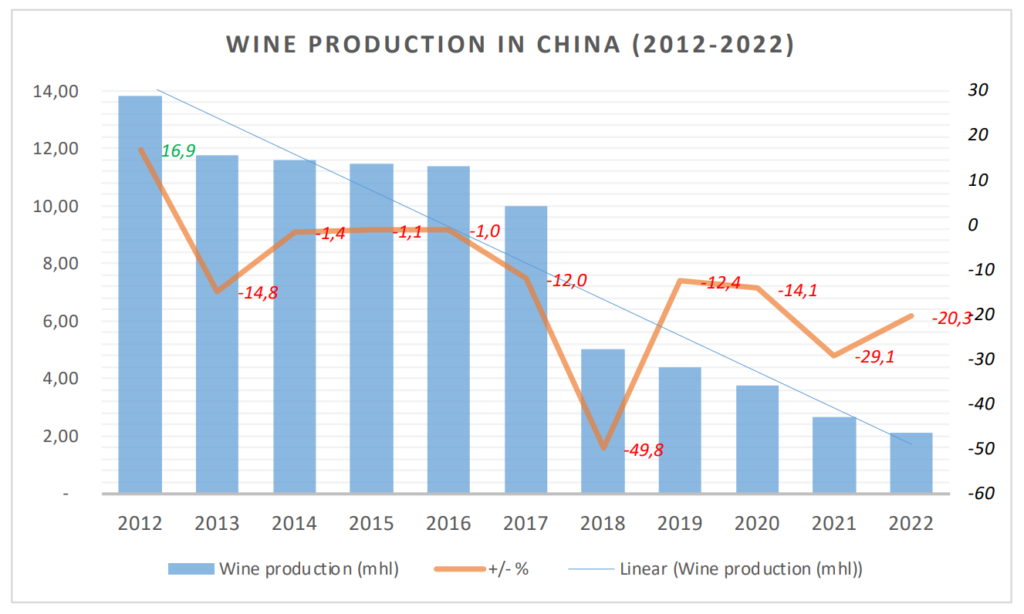
(Source: EU SME Centre)
The numbers for local production also tell a story. It feels counterintuitive that production keeps falling while Chinese wine quality keeps rising, with wineries piling up contest medals, acclaim from critics and international press coverage.
But again, such accomplishments are not equal to sales. My trips to wineries find plenty of awards on shelves and walls. But often far too much wine piling up in cellars and storerooms.
It makes one wonder how some regions will meet official targets. Ningxia’s “’14th Five-Year Plan’ At a Glance’, issued in September 2021 by the region’s Development and Reform Commission, is a good example.
“By 2025, the grape planting area will reach 1 million mu [66,000 hectares], with an annual output of 300 million bottles of premium wine, which will amaze the world as a wine capital,” it states. Quite daunting targets in a stalled, or even shrinking, market.

Anyway, back to the report. It’s a bit of a downer, but worth a read, even if much of the advice, such as following up with contacts at trade fairs or embracing new e-commerce platforms, feels overly obvious or vague.
The regulatory and technical section will help guide those planning to brave the market. There are also interesting sections on sales, such as a breakdown of consumer categories like “mainstream”, “affluent”, “gifting” and so on. And I found surprises, too. The United States had the biggest market share for wine from 2 liters to 10 liters. (Boxed wine!)
There are also three case studies of importers, with one suggesting a focus on info consumers want and can handle, rather than pressing too much technical wine knowledge on them: “it is like pursuing a Ph.D. degree when your primary audience has a secondary education.”
I’m sure the report will be helpful for those thinking of entering the China market. But it doesn’t make the market any more friendlier.
Even a half-dozen years ago, I talked to owners of small- to medium-sized wineries from France who were frustrated with China. The found themselves too often switching distributors, being sure what exactly was happening with their wines and, when they did come to China, ending up on whirlwind tours with lots of “bottoms up” dinners but not enough partner insights. It wasn’t only the financial costs, but also the time, stress and frustration that made them say au revoir to China.
I don’t see them coming back now, not when the market is smaller and even more competitive, with the new wave of local quality producers adding even more pressure. And the fact more investment is leaving than entering China is another warning signal to those looking to do business here.
Now comes my own “but.”
But one thing the report notes, and people too often forget, is that China is a country of many markets.
While consumption numbers are bleak, much of that decline is tied to entertaining and gifting sales, two traditional powerhouse areas that have lost steam. There are still other niches doing okay or even well.
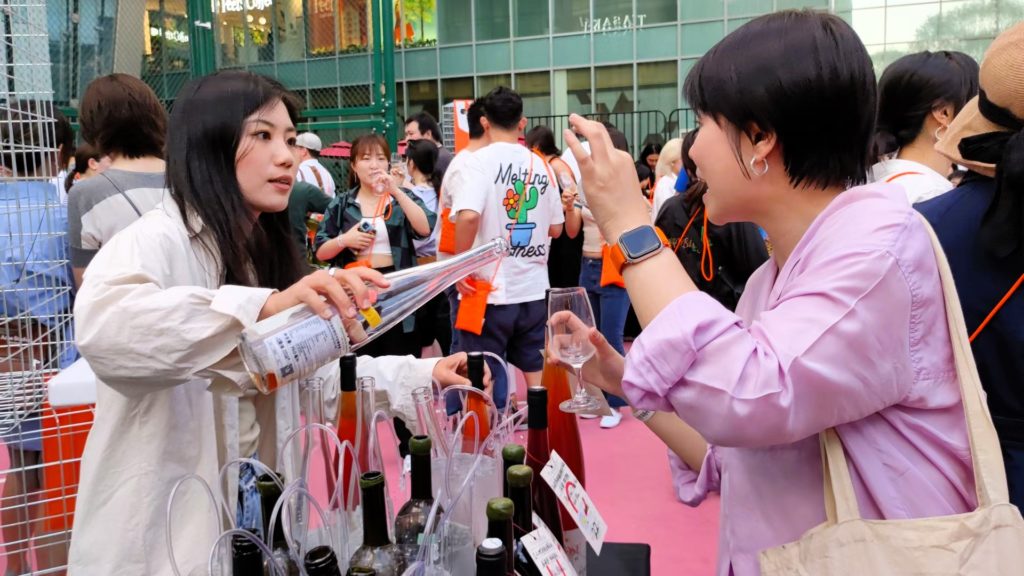
I have been inspired by the energy and turnout at the wine festivals I attended in Beijing this year and have seen coverage of similar events in other cities. This was symbolized by Beijing’s first orange wine festival, a niche that barely registered here a few years ago, but drew a large paying crowd for nine hours of tasting in June.
(I don’t want to toot our own horns, but we had good turnouts for our World Marselan Day parties again this year. People paying money to try dozens of wines made with a grape variety many had not heard of before, with most of those wines made in China. Yes, there are curious consumers with money out there!)

The same goes for wine bars. They continue to open in Beijing, even as people complain consumers are not spending. And these places don’t follow any set formula.
Uh-Huh recently opened in Beijing’s hutongs, the traditional alleyways, and pairs wine with DJs. The same week, Eastend Spanish deli and wine bar opened near my apartment with a smart fairly priced range of bottles from that country. And just before that, a little further away, upscale two-story venue Sub, with over 500 wines, including lots of excellent French labels, launched. That’s just a few examples of different entrepreneurs seeking their own crowds.
How does this help EU producers looking to enter the market. I have no idea, it just gives me hope for the scene.
So do many local producers. At one time, it seemed we would be stuck in a market where most local wines were Bordeaux-style blends aged in new French oak. We have seen an explosion of styles and grape varieties the past few years, including by roving winemakers who travel to the country’s wine regions, create their own labels and then cooperate directly with consumers and with wine bars and restaurants who attract the more curious drinkers.
We even now see those restaurant and bar owners heading to the vineyards to make their own wines.
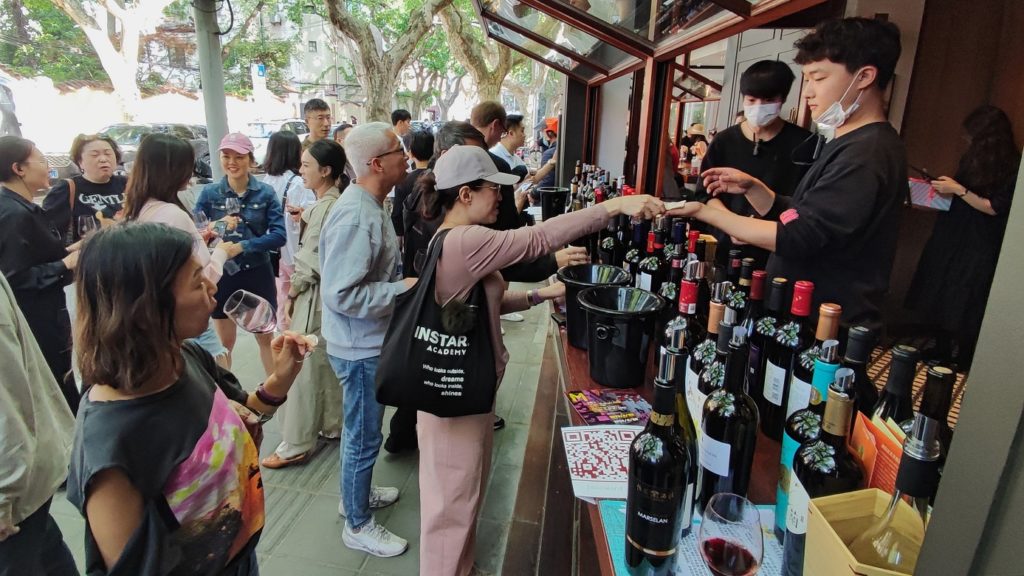
What’s my point? I’m not sure. It’s 5 AM. I’m rambling. And this report is frustrating.
Because I see so much creativity and quality among local winemakers. And also the need for a healthy imported wine scene alongside them. And as this report shows, this is “seller beware” market right now.
You can find the SME Centre’s report on China wine’s wine market here.
This info first appeared in my newsletter, If you missed the last few issues, see my report on Yunnan’s Shangri-La wine region, on the dozens of diverse local wines you can get for the same price as one bottle of Lafite’s China label, and on wine happenings involving Grace Vineyard, Canaan and Peking University. You can sign up for the newsletter here.
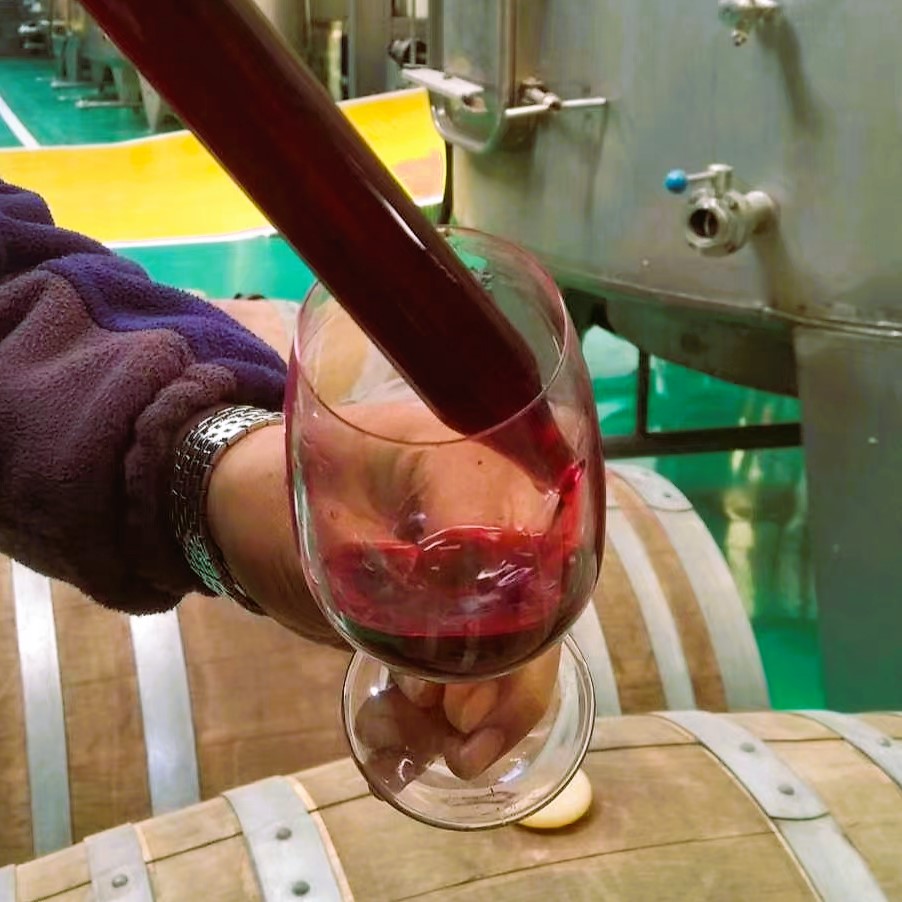
Grape Wall has no sponsors of advertisers: if you find the content and projects like World Marselan Day worthwhile, please help cover the costs via PayPal, WeChat or Alipay.
Sign up for the free Grape Wall newsletter here. Follow Grape Wall on LinkedIn, Instagram, Facebook and Twitter. And contact Grape Wall via grapewallofchina (at) gmail.com.

Leave a Reply
You must be logged in to post a comment.